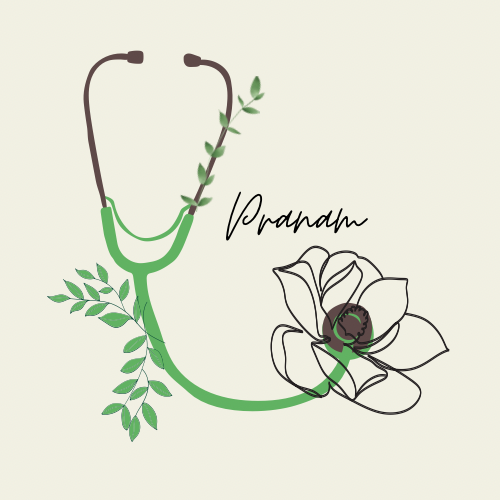
Ashwagandha, once known only to the initiated within the lineages of Indian Ayurveda, has now become a household name in the Western wellness world. Sold as sleep aids, hormone balancers, testosterone boosters, and “natural” Xanax alternatives, this potent root has been flattened into a one-size-fits-all solution for modern burnout. But what happens when a sacred herb, carefully prescribed in an ancient system of individualized healing, is stripped of its context and sold by the scoopful in protein powder blends? Ashwagandha is not an all-purpose tonic. It was never intended to be and repackaging it as such is not just medically careless but a quiet act of cultural erasure.
In its true form, Ashwagandha (Withania somnifera) is a powerful rasayana, a rejuvenating herb traditionally used in Ayurvedic medicine to stabilize Vata dosha, the principle of air and movement. Its Sanskrit name, which translates to “the smell of a horse,” alludes to the vitality, endurance, and grounding it imparts (Jaiswal and Williams). But this grounding effect isn’t meant for every body. Ashwagandha is healing in nature well-suited to those experiencing Vata-type depletion: frailty, anxiety, and restlessness. In individuals with dominant Pitta dosha, fire by nature, this same herb can create havoc: acne flare-ups, irritability, insomnia, even inflammation.
This is not hypothetical. Numerous case reports and studies have documented adverse effects when Ashwagandha is taken improperly: digestive distress, overstimulation, hormonal shifts, and in rare cases, liver damage (Tandon et al.; National Center for Complementary and Integrative Health). In Ayurveda, no herb is used in isolation. Ashwagandha is typically paired with anupanas, warm milk or ghee, to modify its potency and ensure proper absorption (Jaiswal and Williams). It is administered based on an individual’s constitution, season, digestive strength, emotional state, and even their spiritual needs. This is a system built not on trends, but on precision. To extract a single herb from this framework, mass-produce it, and recommend it for the entire population is a complete betrayal of Ayurvedic science.
Yet this betrayal has become normalized under the glow of “natural wellness.” Wellness conglomerates and influencers promote Ashwagandha as an “adaptogen”, a Western-imagined category of herbs meant to help the body “adapt” to stress. But in Ayurvedic terms, this labeling is nonsense. Ashwagandha is not a universal stress-reliever. It is a sacred tool. Misusing it is like handing out antibiotics for headaches: it might feel good, but the long-term damage more than makes up for it.
Behind the branding lies a deeper injustice. The global demand for Ashwagandha has surged, yet the benefits rarely reach the Indian farmers and traditional practitioners who have safeguarded this knowledge for generations. As Vandana Shiva warns, this is biopiracy: the theft of indigenous knowledge systems for Western profit, often patented and trademarked beyond the reach of the communities they originated from (Shiva).
Ayurveda sees health not as the absence of symptoms, but as alignment with nature, with rhythm, with self. In commodifying Ashwagandha as a cure-all, the West has severed the herb from the very philosophy that gives it meaning.
To reclaim Ashwagandha, we must reject the fantasy of universal supplements and return to the truth of individualized care. We must resist the seductive ease of powdered “balance” and begin to ask deeper questions: Who is this for? When should it be used? Who profits from its misuse? Most of all, we must recognize that some knowledge cannot and should not be boiled down to a buzzword.
Ashwagandha is not a wellness hack. It is a ritual. It is a medicine. It is a symbol of tradition and culture that spans millennia, one that deserves reverence not blaspheme.
